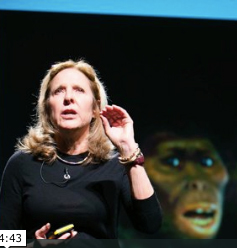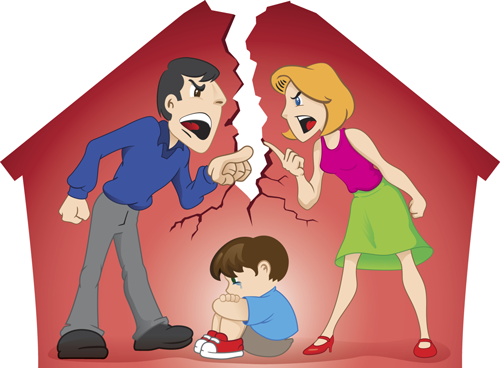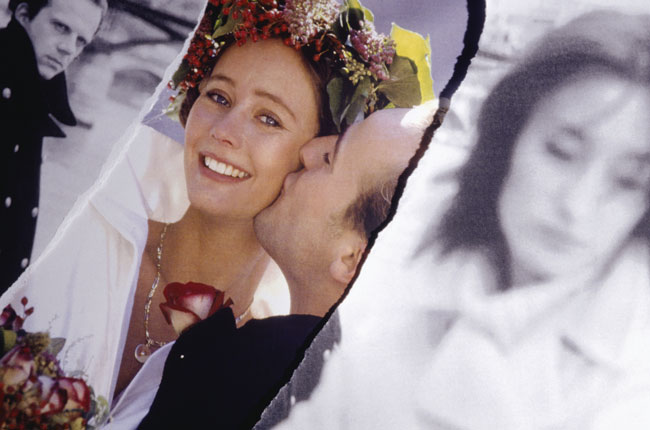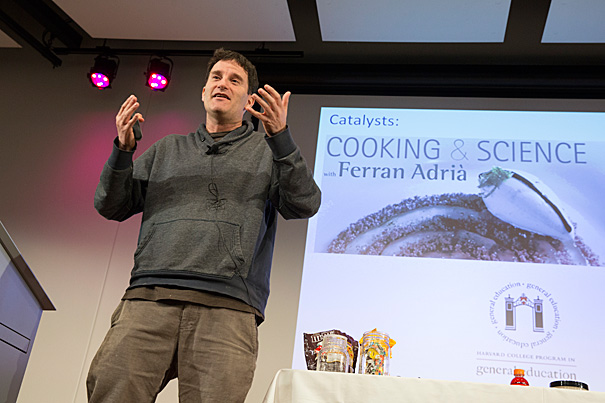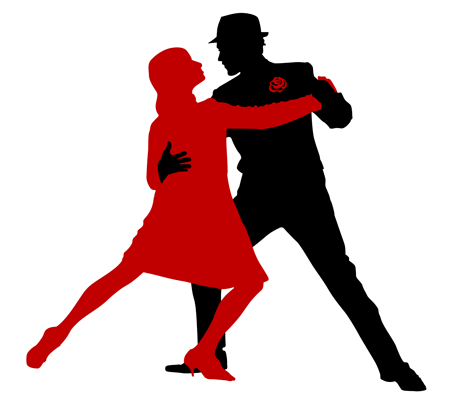It is, perhaps, one of nature’s cruelest ironies that the drive for love is every bit as primal as the drive for food and water, yet virtually no one makes it through the game of love unscathed. In fact, research shows that nearly 100% of people have been spurned by someone they deeply loved, and an equal number have spurned someone who was in love with them.
Humans take rejection hard. Surveys of the recently rejected show that they almost invariably spend more than ¾ of their waking hours thinking of the person who left and yearning for a reconnection. Brain scans show that rejection activates many of the same parts of the brain that are activated by cravings for cocaine and other highly addictive drugs.
Still, we do eventually make our way through to the other side. Science can help us understand what happens after rejection, which can be divided into two main phases that are experienced by many people.
The Protest Phase
Frustration-aggression occurs whenever lovers are separated by external factors. However, the same reaction also occurs in a newly rejected partner. It is caused by a dopamine response in the brain…the reward of spending time with the beloved does not come as expected, so the brain dumps more and more dopamine and norepinephrine into the central nervous system, while simultaneously suppressing serotonin.
Unfortunately, the primary rage system is also connected to the parts of the prefrontal cortex that anticipate rewards. When the spurned partner begins to realize that the reward is not coming, rage is sure to follow. These competing neurological systems cause the newly rejected to vacillate, sometimes quite rapidly, between heartbreak and fury.
These strong and rapidly changing emotions are behind the protest phase of rejection. During this phase, the rejected partner goes back and forth between increasingly desperate attempts to lure the lover back and angry tantrums that further the separation. Is it any wonder that many incidents of romantic violence occur during the protest phase?
Resignation and Despair
Of course, we cannot live in such a heightened emotional state forever. Eventually the rejected partner begins to accept that the relationship is over and moves into the next phase, resignation and despair. This is the time when the spurned partner stops focusing on the lost partner and slides into feelings of melancholy and lethargy. This is due to a sudden decrease in dopamine and norepinephrine production, along with the return of serotonin.
During this phase, rejected lovers are at significantly higher risk for clinical depression, death by heart attack or stroke, and even suicide. Feeling despondent is quite normal, but it is important to monitor yourself and your newly single friends for signs of a more severe reaction.
Although both phases of rejection are highly intense, they do serve an evolutionary advantage. The protest phase creates finality, driving a wedge between the former lovers that forces them both to move on. The resignation and despair phase gives the rejected partner some time and space to find clarity, learning important lessons that can later be applied to future relationships. It also forces the spurned partner to reach out, cementing existing friendships and building new ones that might be stepping stones toward finding a successful future relationship.
Looking for verifiable information on the science of attraction and relationships? We’re a neuroscientist and a biological anthropologist eager to help you put the Anatomy of Love to work in your own life.
NEXT























